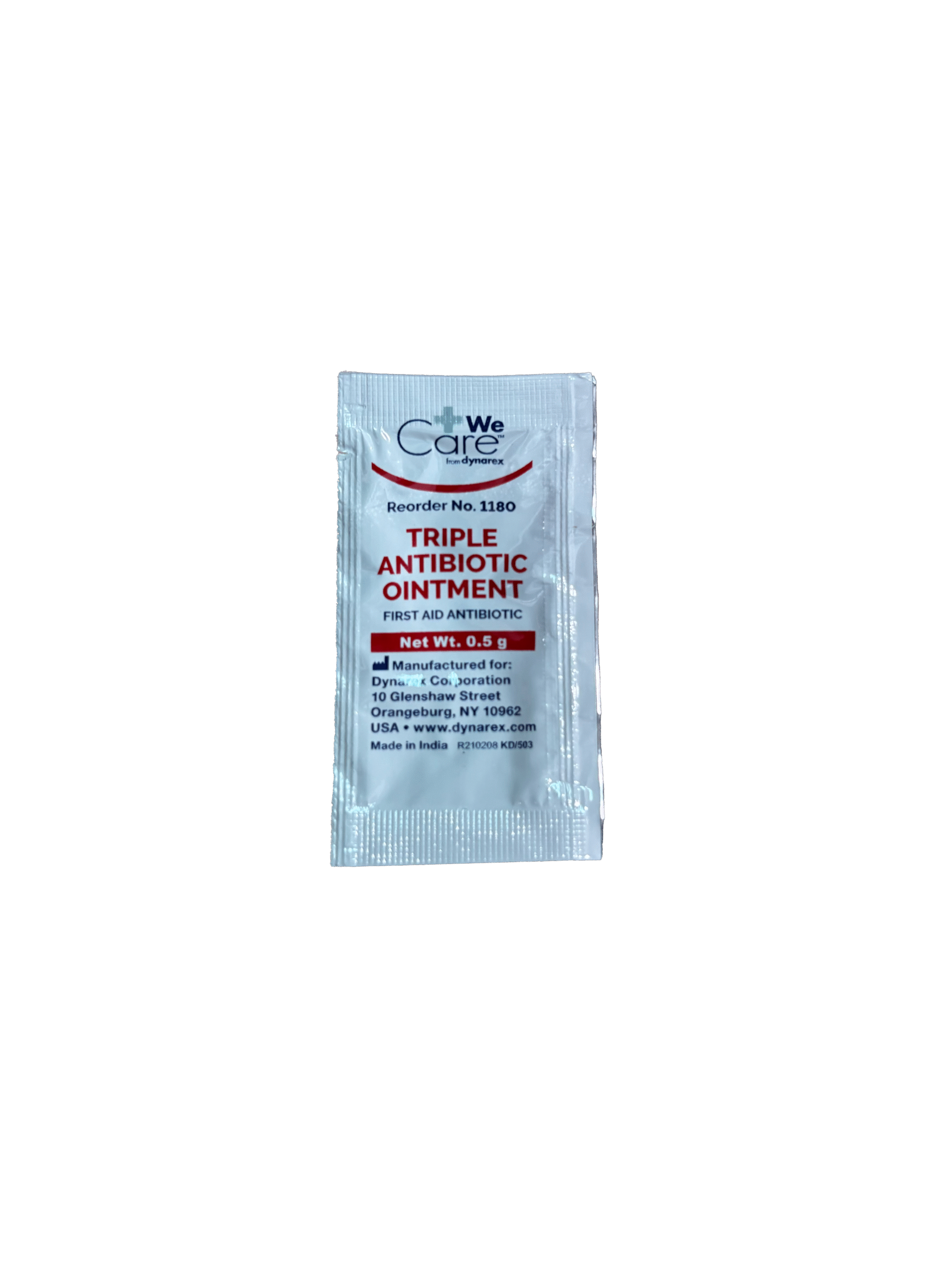Essential Wound Management
Antibiotic ointments are a vital component of any first aid kit, providing a powerful tool for preventing infections in minor wounds. These ointments treat small cuts, abrasions, and burns, ensuring that these injuries do not become infected and can heal properly. Applying to a wound can significantly reduce the risk of infection, which is crucial for effective wound management and recovery.
Reducing Infection
The primary function of antibiotic ointments in wound care is to reduce the risk of infection. When the skin is broken, bacteria can easily enter the body and cause infections that can complicate the healing process. These ointments kill or inhibit the growth of bacteria at the wound site. This helps to keep the wound clean and allows the body’s natural healing processes to work more effectively. Regularly applying antibiotic ointment to small wounds can prevent complications and promote faster healing.
Types of Antibiotic Ointments
Ointments come in different formulations, typically containing one, two, or three different antibiotics. Each type of antibiotic targets different bacteria, providing broad-spectrum coverage to prevent infection.
- Single Antibiotic Ointments: These contain one type of antibiotic, such as bacitracin or mupirocin. They are effective against specific types of bacteria and are usually sufficient for minor wounds.
- Double Antibiotic Ointments: These typically contain two antibiotics, such as bacitracin and polymyxin B. This combination provides a broader range of protection against bacterial infections than single antibiotic ointments.
- Triple Antibiotic Ointments: These contain three antibiotics, commonly neomycin, bacitracin, and polymyxin B. Triple antibiotic ointments offer the widest range of bacterial coverage and are often used for wounds that are at a higher risk of infection.
Proper Use and Limitations
While antibiotic ointments are highly effective for preventing infections in small, simple wounds, they have limitations. These ointments should only be used on minor cuts, abrasions, and burns. They are unsuitable for large, deep, or complex wounds requiring professional medical attention.
Moreover, applying an ointment does not replace the need to clean and debride the wound. Proper wound care begins with thoroughly cleaning the wound with soap and water to remove dirt, debris, and bacteria. Debridement, or removing dead tissue, may be necessary for larger or more severe wounds to promote healing. Ointments can be applied after cleaning and debriding the wound to provide a protective barrier against infection.
Versatility and Convenience
Antibiotic ointments are easy to use and conveniently carried in any first aid kit. They are available in small tubes or single-use packets, making them practical for home use, outdoor activities, and travel. By including these ointments in your first aid kit, you ensure that you have a reliable means of preventing infections and promoting the healing of minor wounds.
